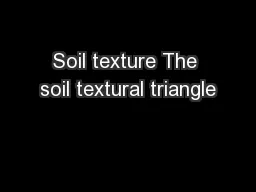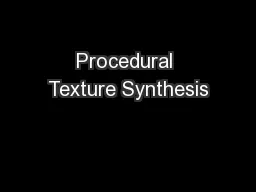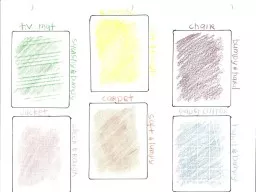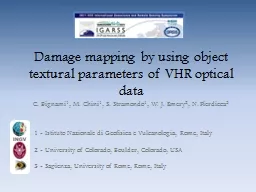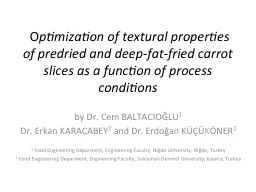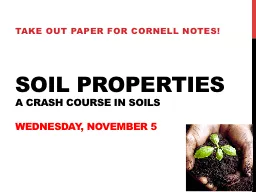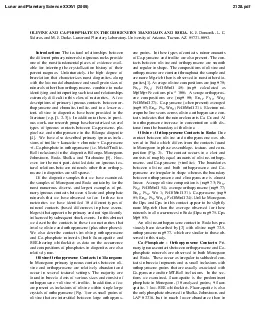PPT-Soil texture The soil textural triangle
Author : myesha-ticknor | Published Date : 2018-03-10
The delicacy of clay crystals Soil crumb structure Do not abuse clay Add plenty of organic matter Avoid overcultivation especially rotary cultivation Use lime of
Presentation Embed Code
Download Presentation
Download Presentation The PPT/PDF document "Soil texture The soil textural triangle" is the property of its rightful owner. Permission is granted to download and print the materials on this website for personal, non-commercial use only, and to display it on your personal computer provided you do not modify the materials and that you retain all copyright notices contained in the materials. By downloading content from our website, you accept the terms of this agreement.
Soil texture The soil textural triangle: Transcript
Download Rules Of Document
"Soil texture The soil textural triangle"The content belongs to its owner. You may download and print it for personal use, without modification, and keep all copyright notices. By downloading, you agree to these terms.
Related Documents

